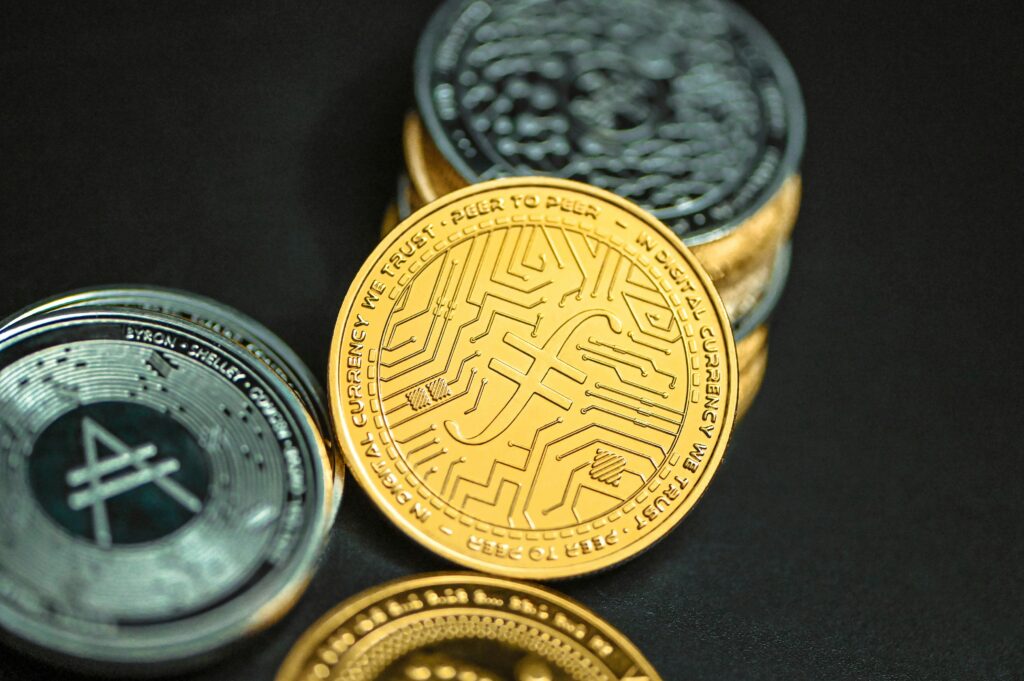As a seasoned blogger in the realm of finance and technology, I’m excited to delve into the emergence of next-generation security tokens in the market. The landscape of digital assets is rapidly evolving, with security tokens poised to revolutionize traditional investment avenues. These innovative tokens offer a secure and transparent way for investors to tokenize real-world assets, opening up a new realm of possibilities in the financial sector.
In this article, I’ll explore the key features and benefits of these next-generation security tokens and how they are reshaping the investment landscape. From increased liquidity to regulatory compliance, security tokens are paving the way for a more inclusive and efficient market ecosystem. Join me as we navigate the exciting developments of security tokens and their impact on the future of finance.
Evolving Landscape of Security Tokens
As an expert in the field, I’m excited to delve into the evolving landscape of security tokens and the significant advancements taking place within the industry.
Definition and Current Standards
Security tokens represent digital assets that derive their value from tradable assets. They are subject to federal regulations governing securities. Presently, security token offerings must comply with stringent regulatory frameworks like KYC (Know Your Customer) and AML (Anti-Money Laundering) to ensure investor protection and legal compliance.
The Shift Toward Next-Generation Tokens
In recent years, there has been a clear shift toward next-generation tokens, characterized by increased efficiency and enhanced functionality. These tokens offer improved liquidity, fractional ownership, and automated compliance features, paving the way for a more accessible and transparent investment landscape. By leveraging blockchain technology, these tokens are set to revolutionize traditional finance and create new opportunities for both investors and issuers alike.
Key Features of Next-Generation Security Tokens
I’ll now delve into the enhanced security measures and improved regulatory compliance that characterize next-generation security tokens.
Enhanced Security Measures
Next-generation security tokens leverage advanced cryptographic techniques to ensure enhanced security throughout the token lifecycle. By utilizing blockchain technology, these tokens offer tamper-resistant storage and transparent transaction histories, reducing fraud risks significantly. Implementing multi-factor authentication and biometric verification further fortifies the security of these digital assets, safeguarding against unauthorized access and ensuring secure ownership transfer.
Improved Regulatory Compliance
Next-generation security tokens are designed with built-in compliance features that streamline adherence to regulatory frameworks. Smart contracts embedded within these tokens automate compliance procedures, such as investor accreditation verification and dividend distributions, ensuring seamless compliance with securities regulations. Additionally, these tokens facilitate real-time regulatory oversight, enabling issuers to monitor and report transactions promptly, thereby fostering transparency and trust within the regulatory environment.
Impact on Markets and Industries

In the realm of finance and technology, the emergence of next-generation security tokens has been nothing short of transformative. These tokens have redefined traditional investment avenues by offering a secure and transparent means of asset tokenization. The key features and advantages of security tokens are pivotal in understanding their impact on markets and industries.
- Financial Sector Transformation
In the financial sector, next-generation security tokens have sparked a significant transformation. These tokens are revolutionizing the way investments are made, offering increased liquidity, enhanced regulatory compliance, and reshaping the overall investment landscape. The adoption of security tokens is paving the way for more efficient and secure transactions, providing investors with a new level of confidence and transparency. - Potential in Non-Financial Sectors
The potential of next-generation security tokens extends beyond the realms of finance into non-financial sectors. Industries such as real estate, art, intellectual property, and more are beginning to explore the benefits of utilizing security tokens. The efficiency, liquidity, and regulatory compliance features of these tokens make them a versatile tool for a wide range of industries, promising increased transparency and trust in transactions.
This transformative shift towards next-generation security tokens is not just a trend but a fundamental restructuring of how assets are tokenized and traded, ushering in a new era of security, efficiency, and compliance across various markets and industries.
Challenges and Considerations
When it comes to next-generation security tokens, a few challenges and considerations need to be addressed to ensure their successful integration into the market. Let’s delve into the technical barriers and legal and regulatory hurdles associated with these innovative financial instruments.
Technical Barriers
In implementing next-generation security tokens, one of the primary technical barriers revolves around scalability. It’s essential to design tokenized assets that can accommodate a large number of transactions without compromising efficiency or security. Additionally, interoperability with existing blockchain networks and legacy systems poses a significant challenge. Ensuring seamless integration and communication between different platforms is crucial for the widespread adoption of security tokens.
Legal and Regulatory Hurdles
Navigating the complex legal and regulatory landscape is another critical consideration for next-generation security tokens. Adhering to securities laws, anti-money laundering (AML) regulations, and Know Your Customer (KYC) requirements is paramount to ensure compliance and legitimacy. Jurisdictional differences in regulations further complicate the global issuance and trading of security tokens, requiring a thorough understanding of the legal frameworks in each market. Overcoming these legal and regulatory hurdles is essential for the acceptance and mainstream adoption of security tokens in the financial ecosystem.


